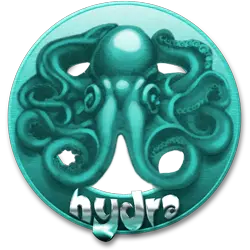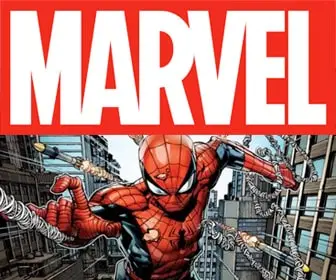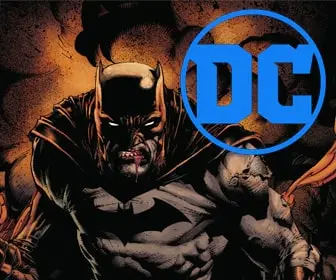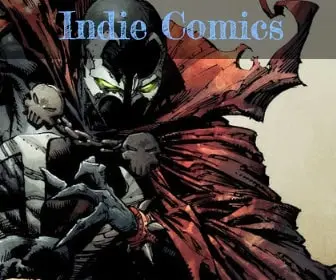
Mastering Hatching Techniques in Pen and Ink Art

Pen and ink art has stood the test of time. Artists have used it to create detailed drawings filled with depth, contrast, and texture. One of the most important tools in this style is hatching. Hatching helps artists create shading, volume, and mood without using color. If you want to improve your pen and ink work, learning hatching techniques is a must.
What Is Hatching?
Hatching is a drawing method that uses sets of parallel lines. These lines can build tone, define form, and create light or shadow. The closer the lines are, the darker the area looks. If you space the lines apart, the area appears lighter.
Hatching comes in many forms. Artists often use different types in one drawing. With practice, you can learn to blend hatching styles smoothly. This adds energy and depth to your work.
The Basic Types of Hatching
You can break hatching into several main techniques. Each one helps you add different effects to your drawings.
1. Parallel Hatching
This is the most common style. The artist draws a series of straight, evenly spaced lines. These lines follow the shape of the object. If you keep your strokes neat and straight, you will get a clean look. Use this method for calm scenes or flat surfaces.
2. Cross-Hatching
In cross-hatching, you add a second layer of lines that cross the first set. This builds a darker value. You can add even more layers to make the area even darker. Cross-hatching works well for shadows, textured surfaces, or dramatic light.
3. Contour Hatching
This technique follows the curves of the subject. Instead of drawing straight lines, you draw curved ones. This helps show the three-dimensional form of the object. Contour hatching makes things look more rounded and real.
4. Tick Hatching
This method uses short, quick strokes that sit close together. These marks often look like ticks or small dashes. You can use this for fur, grass, or soft shading. Many artists use tick hatching in nature drawings.
5. Scribble Hatching
This looks like controlled chaos. Artists use loops and squiggles to shade areas. Scribble hatching adds energy and movement to a drawing. It works best when you want a loose, sketchy feel.
6. Stippling (Not Hatching, But Related)
Even though stippling is not a form of hatching, it often appears in pen and ink work. Stippling uses dots to build shading. It takes longer but gives a unique texture. You can mix it with hatching for great effects.

How to Practice Hatching
The best way to master hatching is to draw often. Start with simple shapes like cubes, spheres, or cones. Try shading them using only one type of hatching. Then try combining two or more styles.
Use a light pencil sketch first. This helps you plan your lines. Then ink over it with care. Don’t rush the strokes. Let your hand move with purpose and rhythm.
Also, try copying drawings from great artists. Study how they used hatching to shape their work. Look at how light hits the object and how the artist built shadows.
Tips for Better Results
- Use consistent line direction. Don’t let your lines get messy or random unless you use scribble hatching.
- Match the hatching to the form. Follow the curves and contours of your subject.
- Vary the pressure. Press harder for darker lines or use more lines for dark areas.
- Plan your lighting. Know where the light source is so your shading makes sense.
- Keep your tools sharp. Fine tips give you more control.
Tools You’ll Need
You don’t need expensive tools to start hatching. These basic supplies will work well:
- Fine liners or technical pens (sizes 0.1 to 0.5 mm)
- Dip pens with metal nibs
- Ink (India ink or waterproof ink)
- Smooth bristol or drawing paper
- A pencil and eraser for planning
Dip pens can give more variation in line weight. Technical pens give a steady and clean line. Try both and see which feels better in your hand.
Mistakes to Avoid
Many beginners try to rush hatching. They add lines without thinking, which leads to confusion and messy art. Others press too hard and tear the paper. Some artists also forget that less is more—too many lines can make a drawing look too dark or overworked.
Avoid smudging your ink by letting it dry fully. Also, try not to rest your hand on the inked parts.
Famous Artists Who Used Hatching
Many great artists have used hatching to make amazing work. Here are a few to explore:
- Albrecht Dürer – a master of line and detail.
- Gustave Doré – known for his dramatic cross-hatching in book illustrations.
- Franklin Booth – used pen lines that looked like engravings.
- Charles Dana Gibson – famous for “The Gibson Girl” and his soft hatching style.
Looking at their work can teach you how to add depth and beauty using only lines.
When to Use Hatching
Hatching works well in black-and-white drawings. It gives them life and depth. You can use hatching in comic art, illustration, nature studies, fantasy scenes, or architecture. Any time you want to build tone without using color, hatching is a great choice.
You can also mix hatching with colored inks or watercolor. The lines add structure, while the colors add mood.
Denouement
Learning hatching gives you control over light, shape, and form. With only a pen and some paper, you can create art that jumps off the page. The more you practice, the better your sense of line and shadow will become.
Start simple. Try one type of hatching at a time. Draw basic forms and then move on to more complex scenes. With effort and focus, your pen and ink drawings will grow stronger and more expressive. Hatching might seem like a small thing, but it builds the foundation of great pen art.










